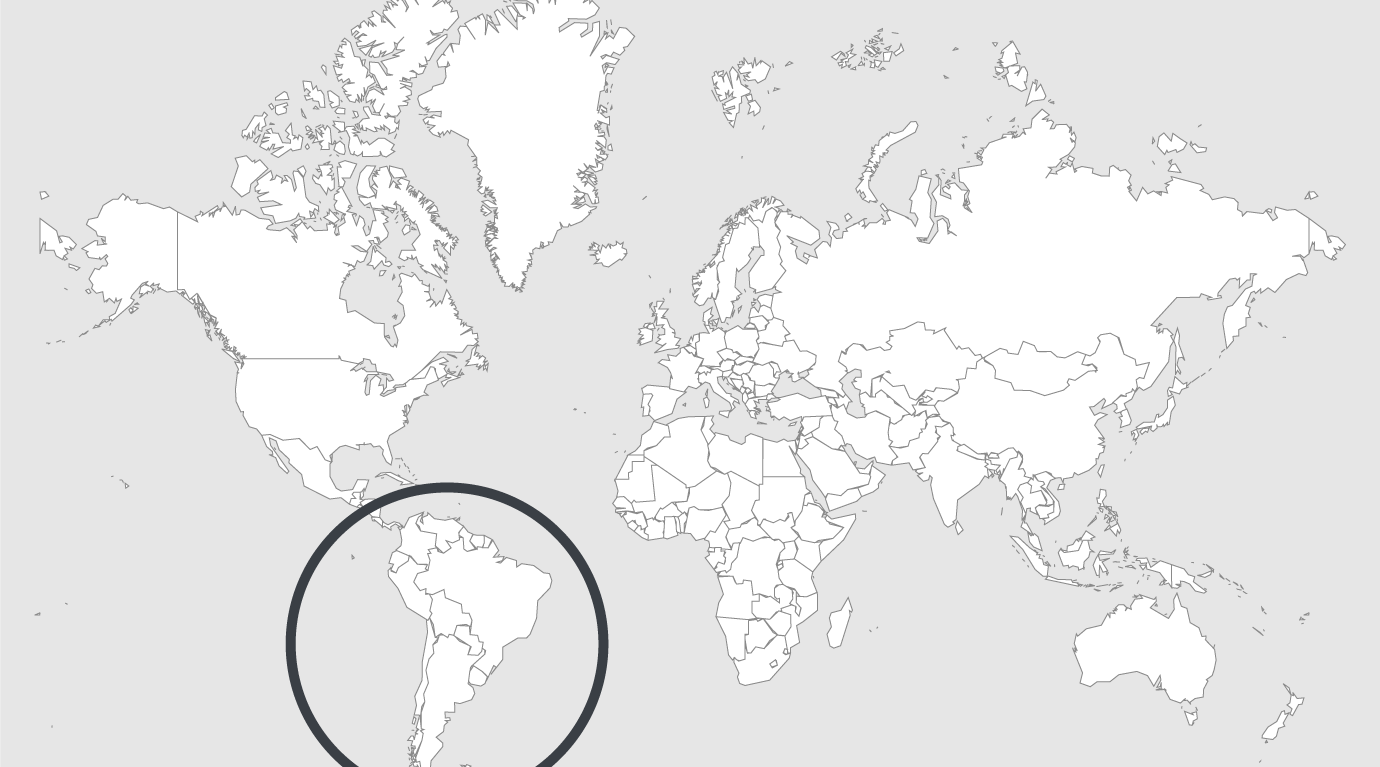
Explore
How an icon of Venezuelan architecture became a prison
The Helicoide was going to be the world’s first drive-through mall. Now it is a prison that former inmates describe as hellish.
There was a time when everyone heaped praise on the Helicoide. Poet Pablo Neruda called the building “one of the most exquisite creations to emerge from an architect’s mind.” Salvador Dalí wanted his art displayed in what promised to be the most modern shopping mall of the 1950s.
Sixty years later, the building still has its eye-catching, daring form, a spiraling pyramid with floors that grow smaller as they rise. It is topped by a geodesic dome designed by Buckminster Fuller.
But today, like much of Venezuela, the structure tells a different story. Sometimes called a tropical Babel, the one-time symbol of the country’s progress wound up converted into a prison and, according to some of its former inmates, a torture center for political prisoners.
Planning for the Helicoide began in 1955, during a period marked by abundant oil money and the dictatorship of Marcos Pérez Jiménez, known for his love of massive construction projects. Everything seemed possible to Venezuelan architects at the time.
“During that wave of optimism … one developer approached [architect] Jorge Romero Gutiérrez and asked for plans for a lot in a place known as Roca Tarpeya,” Gutiérrez’s partner Dirk Bornhorst wrote in his book The Helicoide. The lot measured about 25 acres.
Read full article
